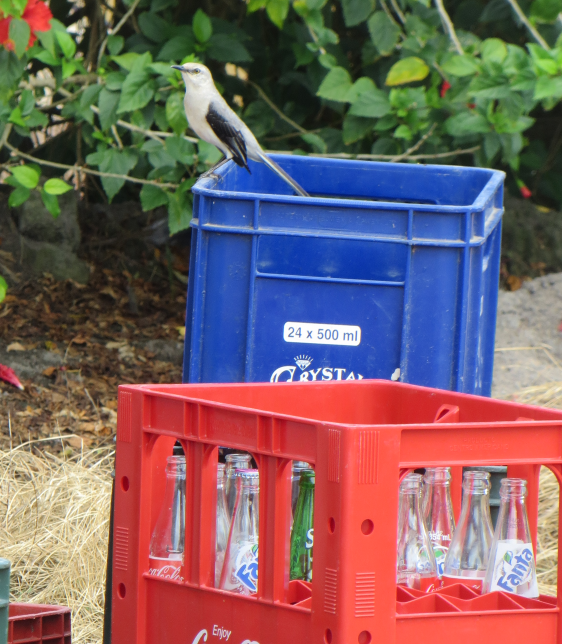The general problem, succinctly stated:
As human-dominated land uses replace native landscapes across North America, there is growing concern about the impacts this habitat loss will have on native bird populations. With many migratory bird species in decline, it is essential to assess the effectiveness of our conservation initiatives [1].
Of course, this applies around the world, not just in North America. There are hundreds of organizations and researchers working to understand the characteristics of current bird populations, and our impact on sustaining and growing those populations. The need for this work grows ever more pressing for those who recognize the value of maintaining diverse and vibrant ecosystems, especially in light of climate change [2].
Many people use a popular, and frankly excellent, application called eBird for collecting bird population data from citizen-scientists. However, that application is is geared toward a very general sort of data collection, which is well-suited for your work-a-day birder who wants to record what s/he has seen. But it is not well-suited for more rigorous scientific protocols.
Organizations and researchers cannot rely on eBird alone for many of their data collection and reporting needs. Their projects often need to track volunteers and detailed geographic locations, often at multiple scales, e.g. region (North Texas), site (Pioneer Park), point (lat/long). They want to communicate with those volunteers easily, keeping them informed of news and events. They may even want to facilitate some online training.
Rather than merely tailor a piece of software for a specific project, the FlightNode project aims to build a platform that can be tailored for many different types of projects, thus lowering the overall cost and burden of implementing an online management tool.
1. Dr. Tania Z. Homayoun, Program Background, IbaMonitoring.org, 2010.
2. To understand the potential impacts of climate change on North American birds, see Audubon’s Birds and Climate Change Report, published earlier this year.
Posted with : Birds and Conservation

